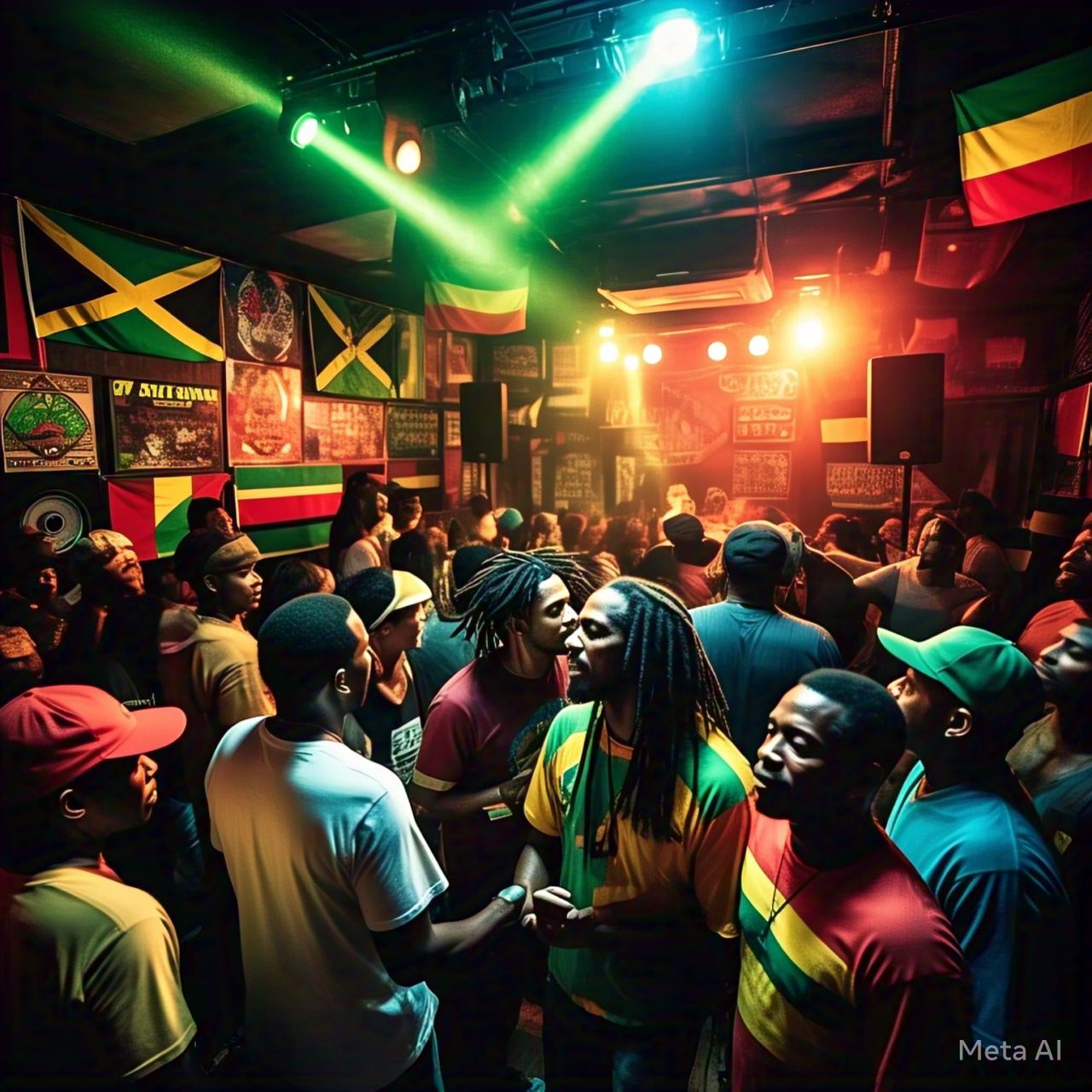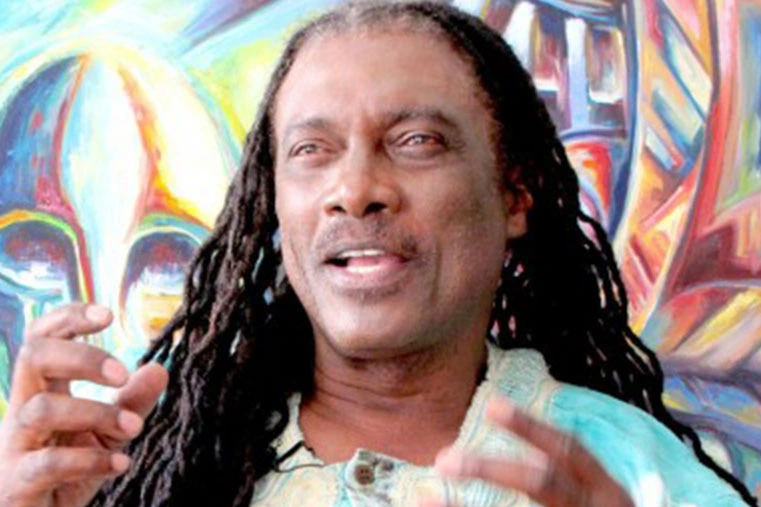In the heart of Kingston, Jamaica, where the air is thick with the scent of jerk chicken and the sound of basslines reverberates through the streets, reggae dancehall music was born. It’s a genre that has always been more than just music—it’s a lifestyle, a rebellion, a voice for the voiceless. But as 2023 unfolds, dancehall finds itself at a crossroads, caught between its roots and the relentless pull of globalization, commercialization, and evolving tastes.
Dancehall, the high-energy offspring of reggae, emerged in the late 1970s and 1980s as a raw, unfiltered expression of Jamaican street life. Artists like Yellowman, Shabba Ranks, and Sister Nancy brought the sound to the world, blending infectious rhythms with lyrics that ranged from social commentary to unabashed celebration. Fast forward to today, and the genre has evolved, splintered, and expanded in ways that would have been unimaginable to its pioneers.
The Global Takeover
Dancehall’s influence is undeniable. From Drake’s Views to Rihanna’s Anti, the genre’s signature beats and patois-infused hooks have infiltrated mainstream pop. Artists like Sean Paul, Shaggy, and more recently, Koffee and Shenseea, have carried the torch, bringing dancehall to global audiences. Koffee, the 23-year-old Grammy-winning prodigy, has become a symbol of the genre’s new wave, blending traditional dancehall with a fresh, youthful energy that resonates with Gen Z.
But with global success comes a price. Critics argue that the genre’s soul is being diluted as it becomes increasingly commercialized. The raw, gritty sound of early dancehall has been polished and packaged for mass consumption, leaving some fans longing for the days when the music was less about chart dominance and more about cultural authenticity.
The Rise of Trap-Dancehall
One of the most significant shifts in recent years has been the fusion of dancehall with trap music. Artists like Popcaan, Skillibeng, and Tommy Lee Sparta have embraced this hybrid sound, blending dancehall’s signature rhythms with the heavy 808s and rapid-fire flows of trap. The result is a sound that feels both familiar and revolutionary, appealing to a younger, more global audience.
Skillibeng, in particular, has become a poster child for this new wave. His breakout hit “Crocodile Teeth” went viral on TikTok, introducing dancehall to a new generation of listeners. But while this fusion has brought fresh energy to the genre, it has also sparked debate. Purists argue that the essence of dancehall is being lost, while others see it as a natural evolution in a constantly changing musical landscape.
The Women Taking Over
If there’s one undeniable trend in dancehall right now, it’s the rise of female artists. Shenseea, Spice, and Jada Kingdom are leading the charge, bringing a fierce, unapologetic energy to the genre. These women are not just making music—they’re challenging stereotypes, reclaiming their narratives, and proving that dancehall is no longer a boys’ club.
Shenseea, with her collaborations with Megan Thee Stallion and Offset, has become a global phenomenon, while Spice’s bold lyrics and fearless persona have made her a fan favorite. Jada Kingdom, with her sultry vocals and introspective lyrics, represents a softer, more emotional side of the genre. Together, these women are redefining what it means to be a dancehall artist in 2023.
The Challenges Ahead
Despite its global success, dancehall faces significant challenges. In Jamaica, where the genre was born, artists struggle with limited resources and a lack of infrastructure. Many rely on international collaborations and tours to make a living, but the COVID-19 pandemic brought much of that to a halt.
There’s also the issue of censorship. Dancehall has always been a space for unfiltered expression, but its explicit lyrics and themes have often put it at odds with mainstream platforms. YouTube and Instagram have been known to demonetize or remove dancehall content, leaving artists to navigate a fine line between authenticity and accessibility.
The Future of Dancehall
So, where does dancehall go from here? The genre’s future is as uncertain as it is exciting. On one hand, there’s a risk of losing its cultural identity as it becomes increasingly globalized. On the other, there’s an opportunity for dancehall to reach new heights, blending its rich history with the sounds of the future.
One thing is clear: dancehall is resilient. It has survived decades of change, and its ability to adapt is a testament to its enduring power. Whether it’s through the rise of female artists, the fusion with trap, or the continued influence on global pop, dancehall remains a force to be reckoned with.
As the sun sets over Kingston, the sound of a sound system blasting the latest dancehall hit fills the air. It’s a reminder that, no matter how much the genre evolves, its heart will always beat in the streets of Jamaica. And as long as there are stories to tell and rhythms to move to, dancehall will continue to thrive.
In the words of the legendary Bob Marley, “One good thing about music, when it hits you, you feel no pain.” For dancehall, the hits keep coming—and the world is listening.



